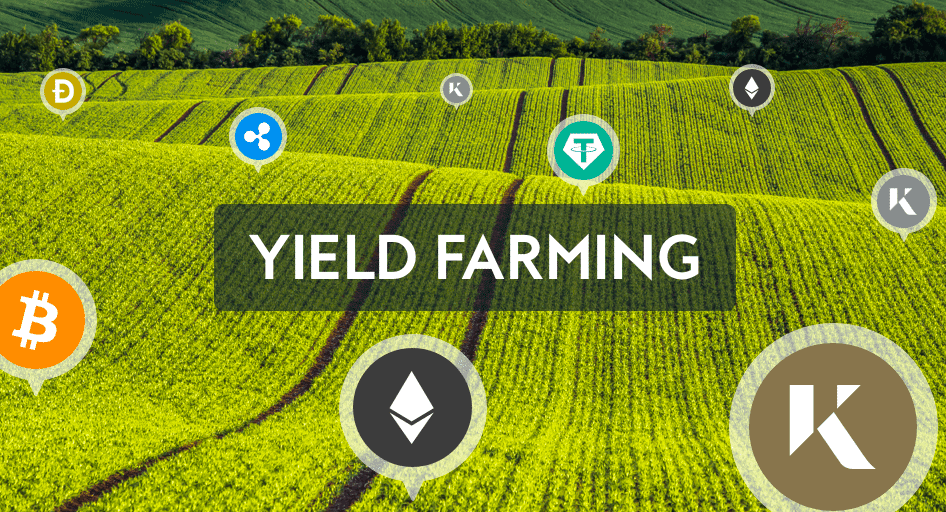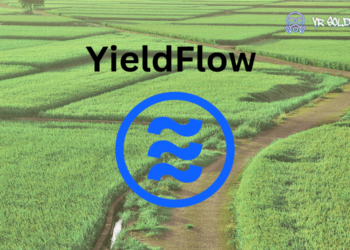In the constantly growing blockchain technology and crypto industry, development has been led by the Decentralized Finance (DeFi) concept. Any individual with access to the internet and a supported crypto wallet may interact with DeFi applications. In the last couple of years, providing liquidity and lending your assets through staking has become a trend. Despite the fact that these terms are used in a misleading way, they are very different from one another. Yield farming and liquidity mining are two prominent examples from the blockchain and crypto space. Even though they are both often perceived as synonyms, the difference between them is significant and should be comprehended.
What is Yield Farming?
Yield farming is the mechanism by which users earn additional income for holding crypto assets and for taking part in liquidity provisioning on decentralized platforms. LPs are the participants who deposit their funds into liquidity pools and receive rewards as a compensation in return. This incentive can be obtained from multiple sources like platform fees and additional crypto tokens.

The Ethereum blockchain is an usual place for yield farming, particularly with ERC-20 tokens. Nevertheless, with the development of blockchain technology, others might probably emerge as rivals. On the other hand, in yield farming, you need to switch between different protocols to achieve high returns and it is a crucial part of DeFi’s liquidity system.
What is Liquidity Mining?
Liquidity mining is a mechanism where the users put their crypto assets into the liquidity pools and are rewarded with fees and tokens depending on their share of the liquidity in the pool. These pools are available on DEXs and are based on AMMs that ensure their operation.

Through the lending of assets to a liquidity pool, liquidity providers (LPs) participate in the process of creating appropriate markets and balancing liquidity for particular asset pairs on DEXs. Smart contracts manage these pools, which act as a mechanism to reimburse LPs in proportion to their investments.
Major Differences between Liquidity Mining and Yield Farming
Yield farming is an activity that requires more manual effort and strategy since the assets are actively being moved between the different protocols. In contrast, the liquidity mining targets the provision of liquidity to specific pools and the securing of rewards based on the liquidity provided. However, Yield farming usually happens on DeFi platforms such as PancakeSwap and Uniswap, that can involve different blockchains. In addition, Liquidity mining is the process of adding to the liquidity pools on DEXs.
Additionally, Yield farmers are entitled to many other rewards including token earnings and a part of transaction cost. Liquidity miners are normally rewarded with the blockchain’s native token and can also be granted governance tokens that will prompt them to be a stakeholder of the ecosystem.
At The End
While yield farming and liquidity mining are integral to the DeFi landscape, they differ significantly in their approach and rewards structure. Yield farming involves active asset management across multiple protocols, offering diverse rewards beyond regular income. On the other hand, liquidity mining focuses on providing liquidity to specific pools on DEXs, primarily rewarding participants with the native token of the blockchain and potential governance tokens, highlighting the nuances of DeFi investment strategies.













